Director: Kao Pao Shu
Writer: Kao Pao Shu
Cast: Meng Yuen Man, Tony Ching Siu Tung, Casanova Wong, Yen Shi Kwan, Eddie Ko Hung, Wong Mei Mei, Max Lee Chiu Jun, Meg Lam Kin Ming, Sham Chin Bo
Running Time: 85/91 min.
By Paul Bramhall
The Master Strikes is one of those movies that seems to split audiences down the middle. Some fans praise it as being the movie in which Casanova Wong’s kicks have never looked better, while others say that the comedy is so awful it negates any of the positives to be found. Of course with the kung fu comedy becoming a mainstay of the genre from the late 70’s, most of us are accustomed to sitting through a certain amount of grating Canto style gurning in order to reach the fight action. So the question is, what is it about this movie that makes it any different?
One of the last movies from female director and writer Kao Pao Shu, a prominent figure in the industry who was a Shaw Brothers actress through the 50’s and 60’s, The Master Strikes brings with it a cast of kung fu talent that would be enough to capture even the most jaded fans attention. Along with the previously mentioned Korean boot master Casanova Wong, in a rare starring role legendary fight choreographer Tony Ching Siu Tung also features. Siu Tung would cement his unique style of intricate and fantastical wirework a couple of years after The Master Strikes with his 1982 directorial debut, the classic Duel to the Death. Here though, in which he also takes on choreography duties, there is no wirework in sight, instead going with a strictly old-school grounded approach, which we’ll get to later.
Alongside Siu Tung is another old school favorite, Meng Yuen Man. Yuen Man was an actor who was on a roll in the late 70’s – early 80’s boom of kung fu movie excellence. Prior to The Master Strikes he played a similar role a year earlier in The Hell’s Windstaff, were in place of being buddied up with Siu Tung, he partnered with Meng Hoi to take on the wrath of Hwang Jang Lee. The Master Strikes may not have Hwang Jang Lee as its villain, but it does have fellow villain aficionado Yen Shi Kwan, who adequately compensates. Shi Kwan may not be the most familiar name, but his career had a surprising longevity, and he’s faced off with the best of them. The guy who Jet Li has the ladder fight against in Once Upon a Time in China? That’s Shi Kwan. The villain with the deadly sleeves that Donnie Yen and Yu Rong Guang have to team up against in Iron Monkey? That’s Shi Kwan as well. The guy is a silent achiever if nothing else.
These are just the main players, throw in roles from the likes of Eddie Ko and Tony Leung Siu Hung, and you have to wonder what could go wrong? Perhaps the best way to put it is, depending on your tolerance, nothing does. The story of The Master Strikes is simple if not entirely coherent. Shi Kwan hires Wong, who runs a courier service, to deliver a box containing a priceless jade horse. Quite where the journey takes Wong we’re never quite sure, but within the first 5 minutes he’s completed it, and delivers it to, well, Shi Kwan. Apparently the journey took 17 days, and exactly why Shi Kwan had it delivered it to himself comes across as rather bizarre, but things are partly explained when it’s revealed that the horse has gone missing from the box.
Wong becomes frantic, and ends up handing over all of his land, as well as his business, to Shi Kwan as compensation, before going to a local teahouse to drown his sorrows. It’s there that he meets the mischievous duo of Siu Tung and Yuen Man, and after striking up a conversation, they reveal to him how easily he’s been conned. Explaining that Shi Kwan must have used the same technique that they use to cheat when gambling, which basically entails the box having a removable bottom so that it’s easy to switch items, Wong comes to the realization of what’s happened. This is usually the part in most kung fu movies that our main character would swear vengeance, and go on a rampage taking down everyone in his way. But not in The Master Strikes, and this is probably the point that divides people.
Instead of the above, Wong enacts a mental breakdown, resulting in him becoming completely insane. This mostly takes the form of him acting like an epileptic monkey with mental deficiencies that’s been living on a diet of Red Bull and Helium. He also becomes unable to say anything other than “I understand!” over and over again. For anyone who’s familiar with the animation South Park, he somewhat takes on the characteristics of Timmy, only replace the phrase “Timmy!” with “I understand!” In the interests of full disclosure, I’ll point out here that I watched The Master Strikes with the English dub. Would it have made any difference to have watched it in its original language? In my personal opinion I doubt it, although I’m open to being corrected.
Wong decides to hang out in the teahouse mumbling to himself for a sizable chunk of the remainder, which results in him disappearing from proceedings for an extended period. Instead, the movie shifts its focus to the hijinks of Siu Tung and Yuen Man. This is were things start to get gratingly bad. Soon we’re drowning in several scenes of slapstick and gurning, all of which would be forgivable, except for the fact that every one of them seems to end with multiple characters yelling over each other until it becomes an inaudible mess of white noise. It’s enough to make you reach for the mute button.
Somewhere amongst the bombardment of insufferable humor even Beggar Su makes an appearance, played by Max Lee Chiu Jun, and spends a brief period training the two fools, in a sequence which bears no connection to the rest of the plot beyond padding out the runtime. Amongst all of this comedic wreckage though, some scenes are actually funny, most involving Casanova Wong. Whether it’s in the original language track, or just a stoke of genius by the dubbing crew, I dont know. Whatever the case, during the scenes which take place in the teahouse, specifically the ones which don’t involve Wong directly, you can constantly hear him faintly mumbling in the background, “I understand…..I understand.” The absurdity of it is hilarious, and had me genuinely laughing.
So, understandably from all of the above, The Master Strikes sounds like more miss than hit. However, it’s an old school kung fu flick, so it’s only right that judgment should also be heavily based on the quality and quantity of the fights. Actually there are only three main fight sequences – one when Wong first goes crazy and attacks Siu Tung and Yuen Man in the teahouse, another featuring Eddie Ko, and the finale which sees Wong, Siu Tung, and Yuen Man team up to take on Shi Kwan and two henchmen. This review would be much easier to conclude if the fights were as average as everything else, but frankly, that’s not the case. Put simply, they contain some of the most amazing choreography you’re likely to see in any kung fu movie.
Wong’s kicks seem to be operating on a different level, perhaps it’s the insanity, but to draw a comparison, imagine at the end of Drunken Master 2 if it had been Ken Lo who drinks the industrial strength alcohol instead of Jackie Chan, and that may come close to capturing the intensity of his moves. For all of the awful comedy that’s come before, from the 70 minute mark we’re treated to an almost non-stop 15 minutes of kung fu gold. Eddie Ko throws down in an extended sequence which is a joy to watch, and the finale itself is difficult to do justice to with words. What’s supposed to be a 3-on-3 at some points hilariously becomes a 1-on-5, with Wong being that out of control that he tries to take out literally everyone around him.
While Wong remains empty handed throughout, Siu Tung and Yuen Man brandish spears against the henchmen’s guandaos, eventually segueing into a 3-on-1 empty handed shapes fest against Shi Kwan. The mix of fists, feet, acrobatics, and even a dose of sexual harassment is heart pounding in its ferocity and speed, quickly making all that has come before like a bad memory. I always try to be subjective when I watch a movie, and as I’ve gotten older I find I’m no longer so tolerant towards sitting through an hour of mediocrity to get to the good stuff, however in the case of The Master Strikes, perhaps I can best sum it up with 2 words – “I understand!”
Paul Bramhall’s Rating: 7.5/10

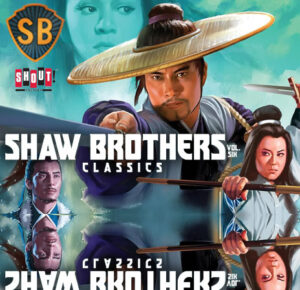
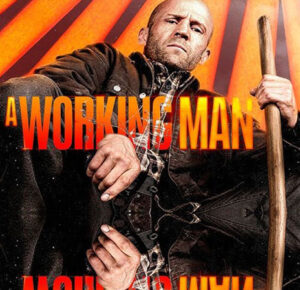
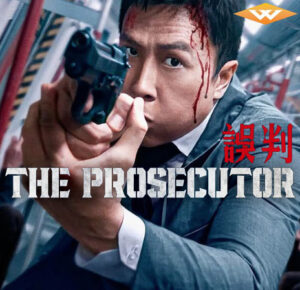
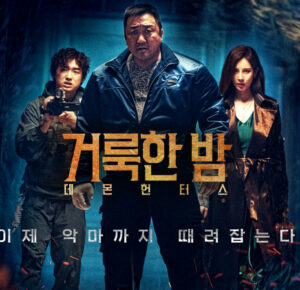
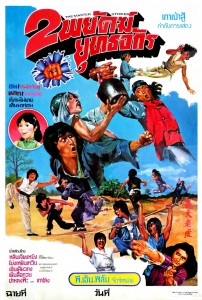
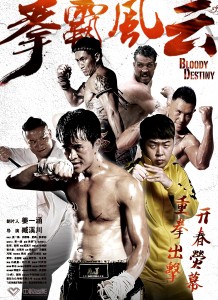
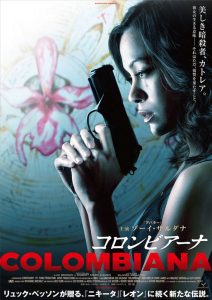

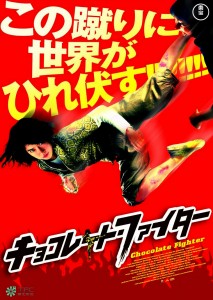

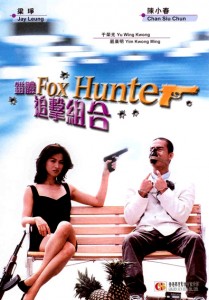
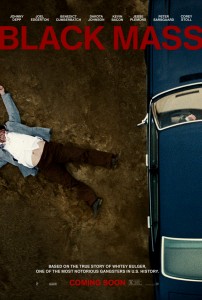
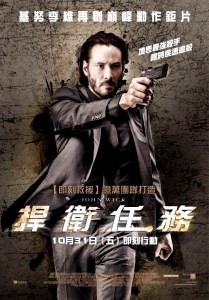
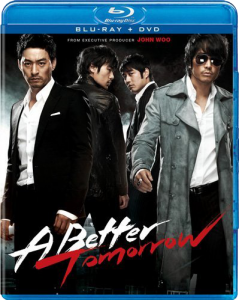
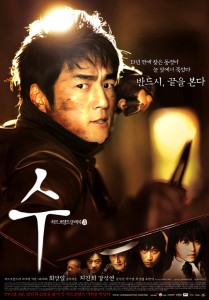

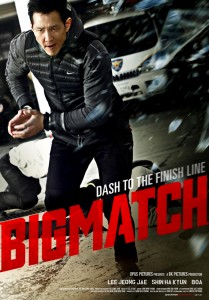





4 Comments